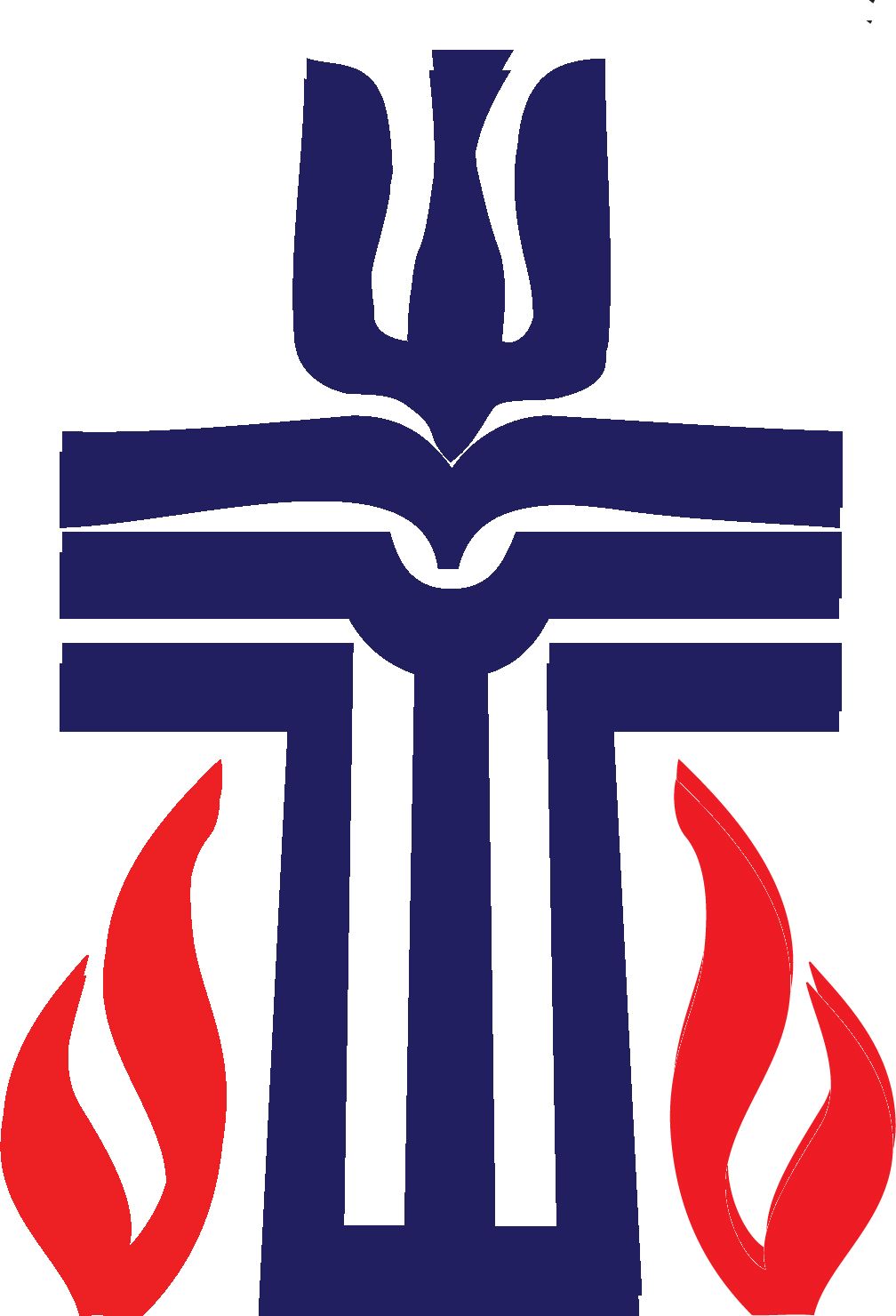OUR HISTORY
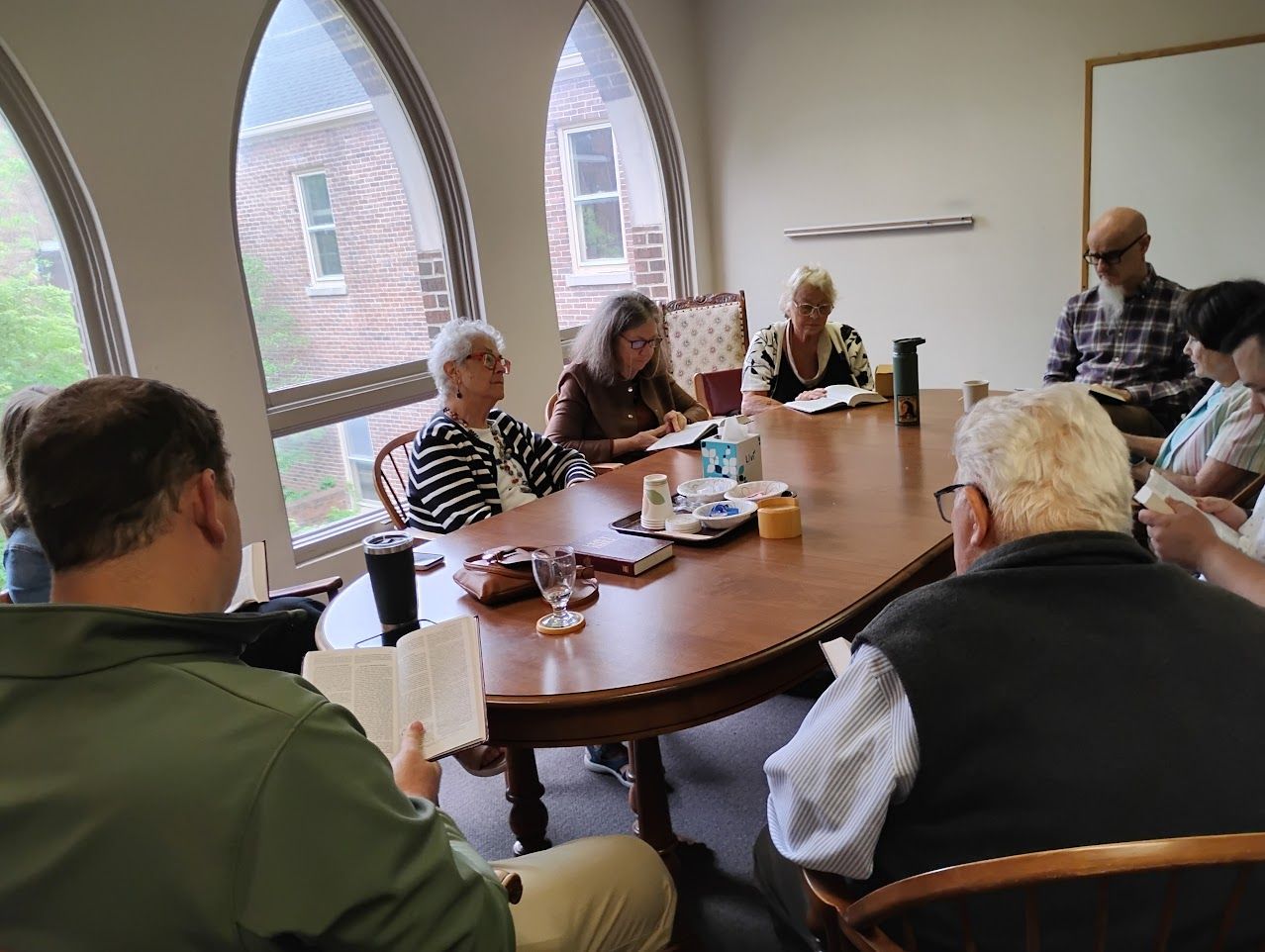
The Congregation
Rev. David Rice arrived in Kentucky in 1783, and Danville’s Concord Church was the first of four that he organized in 1784. The congregation moved to its present location on Main Street in 1789. Rev. Rice helped to organize the Transylvania Presbytery and served as its first moderator. He preached against slavery, and as a delegate to the 1792 Kentucky constitutional convention argued unsuccessfully to include language that would have banned it from the state. He moved to Green County in 1793.
Under the leadership of Samuel Nelson (1809-27), the congregation increased in size and the Presbyterians were instrumental in bringing two significant institutions to the city: Centre College (1819) and the Kentucky School for the Deaf (1822). Dr. John C. Young arrived in Danville to become the President of Centre College in 1830, and in 1834 he took on a second job as “stated supply” pastor of the Presbyterian Church. The church’s membership continued to grow, and in 1850 the construction of a second Presbyterian church on Third Street began. The new church was organized in 1852 with a congregation that included several Centre faculty members and students. Dr. Young served as its first pastor until his death in 1857.
When the church was destroyed in the Washington’s Birthday fire of 1860, the two congregations once again worshipped together while a new church, which still stands on the corner of Third Street and Broadway, was being built.
In 1867, when the new church building on Third Street was completed, those who wanted to remain with the Presbyterian Church in the U.S.A (the “northern” church) moved, and those who wanted to join the Presbyterian Church in the U.S. (the “southern” church) stayed with the Main Street church. Black members of the congregation voted to join the northern branch and formed their own church, which they named Concord. There were three Presbyterian churches in Danville until 1945, when the Concord church closed because of declining membership. In 1869, it was agreed that the Main Street church would become “First Presbyterian,” and the Third Street church “Second Presbyterian.”
One hundred years later, in 1969, the members of “Old First” and Second Presbyterian voted to reunite as The Presbyterian Church of Danville. The Presbyterian Church in the U.S.A. and the Presbyterian Church in the U.S. reunited in 1983.
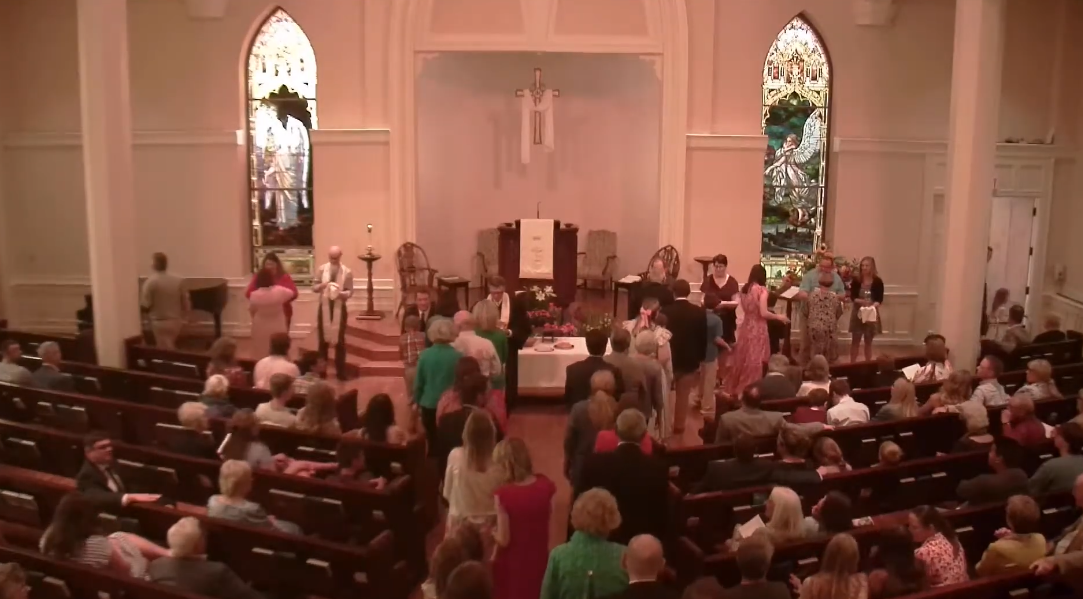
The Building
The congregation first met in the meeting house and Court House on the town square. It was able to buy a lot from John Crow and move into its own meeting house on Main Street near the current sanctuary in 1789. In 1812, the congregation moved to the “Brick Meeting House,” which was built on the west side of the original wooden structure. The “New Meeting House” was completed in 1831 to accommodate the church’s growing membership. It was designed and built by Robert Russel and Robert Russel, Jr., who were both Elders in the church and were responsible for several of Danville’s early brick buildings, including Old Centre and Trinity Episcopal Church.
The Brick Meeting House was used for lectures and debates during the 1830s. Then it was turned over to the Black members of the congregation for their prayer meetings. They were allowed to use the building for regular worship services after the congregation divided in 1853. After the Black Presbyterians elected to go with the northern church, the Deacons at First Church ordered the building to be torn down. Salvageable materials were taken to the corner of Walnut and Church streets and used in the construction of the new Concord Presbyterian Church.
The New Meeting House now serves as the church sanctuary, and it has gone through several renovations. In 1853, a vestibule, a main front door, and a bell tower were added. In 1880, the boxed pews were replaced with open ones, and arched windows and a crenulated roof line added Gothic features to the building’s exterior. In 1949, the sanctuary’s interior was reversed, with the minister joining the choir on the Walnut Street side of the church. Additions to the original building included the Tarkington Memorial Chapel (1899) and the Caldwell Annex (1938) on the Fifth Street side of the church, and Rice Hall (1959).
After the reunification vote in 1969, First Presbyterian became the future home of the combined congregations. The two churches worshipped together at Second church while repairs and renovations were going on at Old First. The sanctuary’s ceiling was removed to expose the roof beams, and a new balcony was built on the Main Street side for the choir and the organ. The Tarkington Chapel was removed because of extensive termite damage, and a new Fifth Street entrance was added that included the John C. Young Memorial Window from Second Presbyterian. The pews in the sanctuary were replaced with pews from Second church, and stained-glass windows from the Second Presbyterian library were used in the new chapel. The work was not completed until 1973. In 1995, the church began another renovation project, and in 1996 moved into a beautifully restored sanctuary and expanded facility that included a new Fellowship Hall and a modern kitchen.
The Cemetery
Shortly after the Presbyterians moved into their new meeting house in 1789, the area around it became a burial ground. It was never limited to members of the Presbyterian Church. The cemetery expanded, especially during the cholera epidemic of 1833, and in 1839 the church purchased two acres of land on Walnut Street. Part of the new addition was set aside for use as a cemetery for enslaved persons.
In 1877, the cemetery became the site of the McDowell Monument, erected by the Kentucky Medical Society in honor of Dr. Ephraim McDowell. His remains, along with those of his wife, Susan Shelby McDowell, had been moved to the spot from their original resting place in the Shelby family burial plot at Travelers Rest. In 1881, the church gave the property to the city, and it became McDowell Park. Most of the remaining headstones were removed. In 1892, the Presbyterian Synod of Kentucky moved the remains of Rev. David Rice and his wife from Green County to the place where the first meeting house of his Danville church once stood and placed a monument over their graves.
McDowell Park was returned to the Presbyterian Church in 1993 as it prepared to expand its facilities. Before the work on the addition to the building began, 156 graves, almost all of them unmarked, were discovered in the construction area. The remains were carefully removed and reinterred near the labyrinth.
There are still a few grave markers in the old Presbyterian cemetery. They are probably greatly outnumbered by the unmarked graves of Kentucky’s early
residents that surround them.
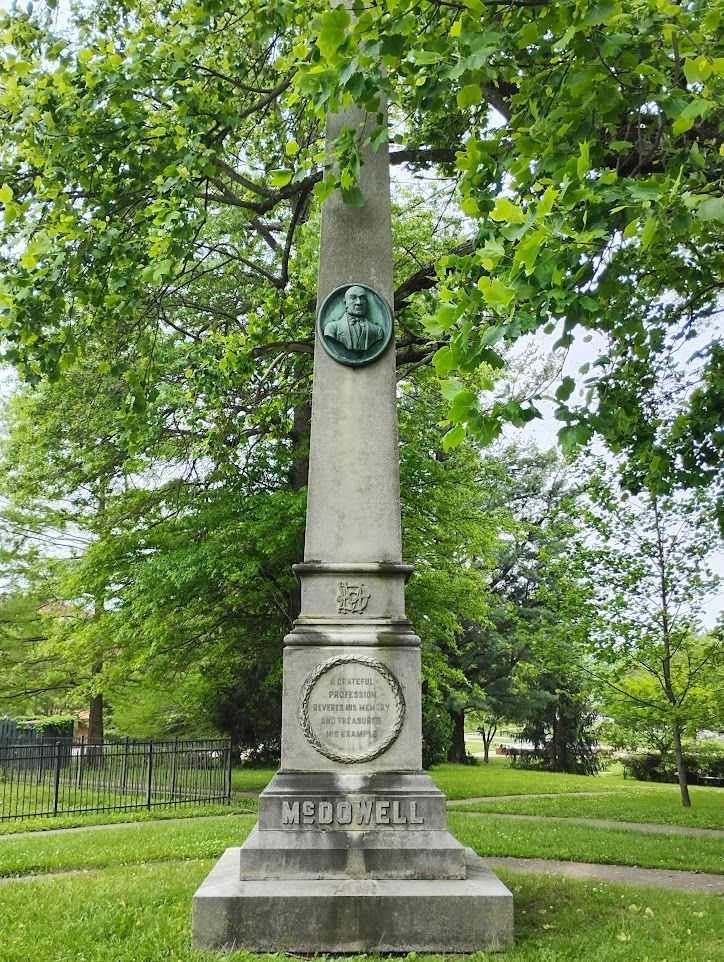
The Labyrinth
The labyrinth in McDowell Park is a gift to the community, and may be used by anyone at any time. You are welcome to come and share the experience of walking the labyrinth.
Walking the labyrinth is offered as a worshipful experience, so it is important that we each respect the meditative, prayerful state of others. This is often an intensely personal and inward time for many people, so please avoid intruding on others. Those who might wish to dance on the labyrinth, therefore, are invited to do so when it is clear that it will not disturb another walker.
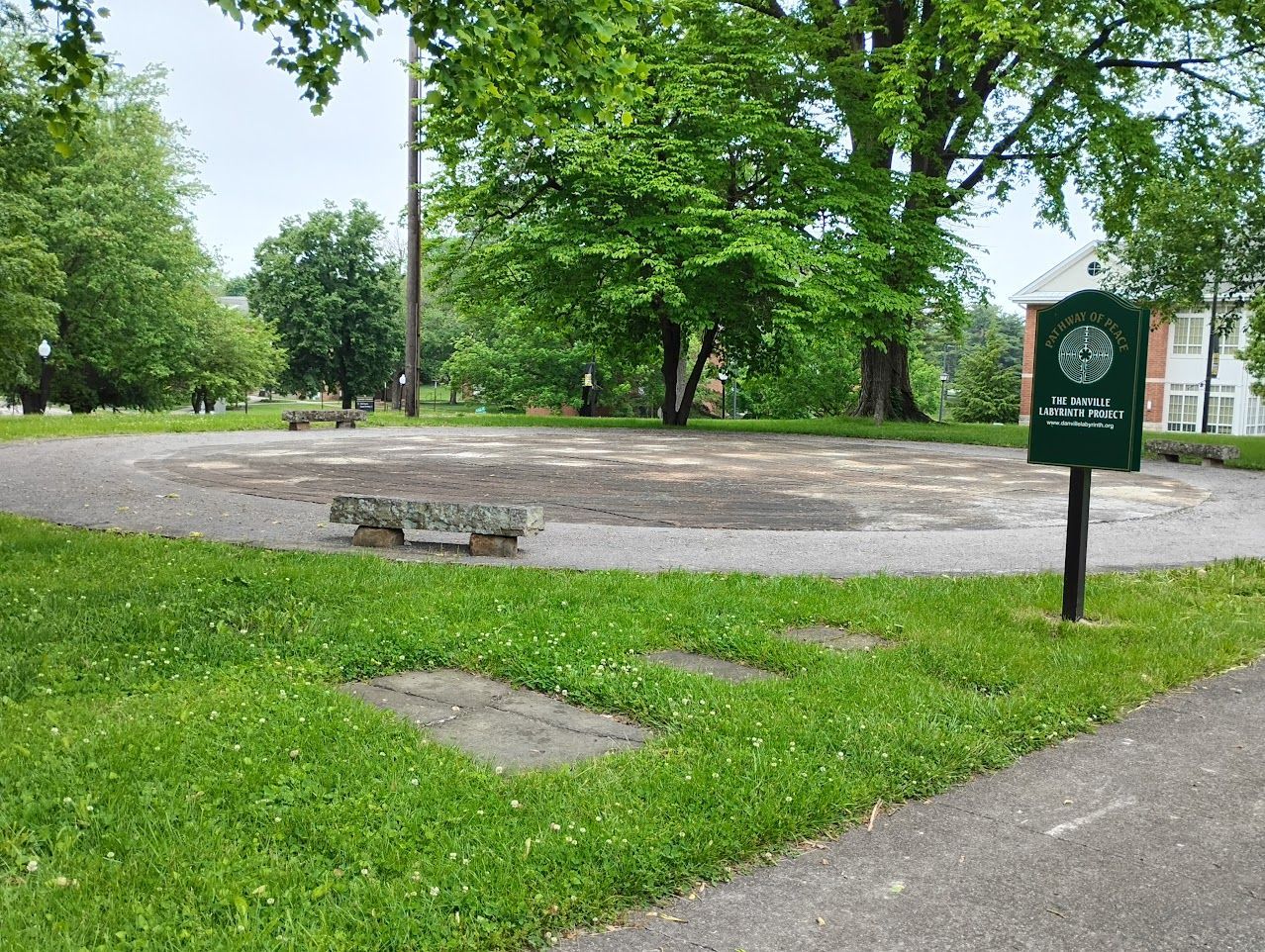
Taylor and Boody Organ
As a result of a generous gift from Dr. Robert Weaver in June of 1999, the installation of a new Taylor and Boody organ was completed.


